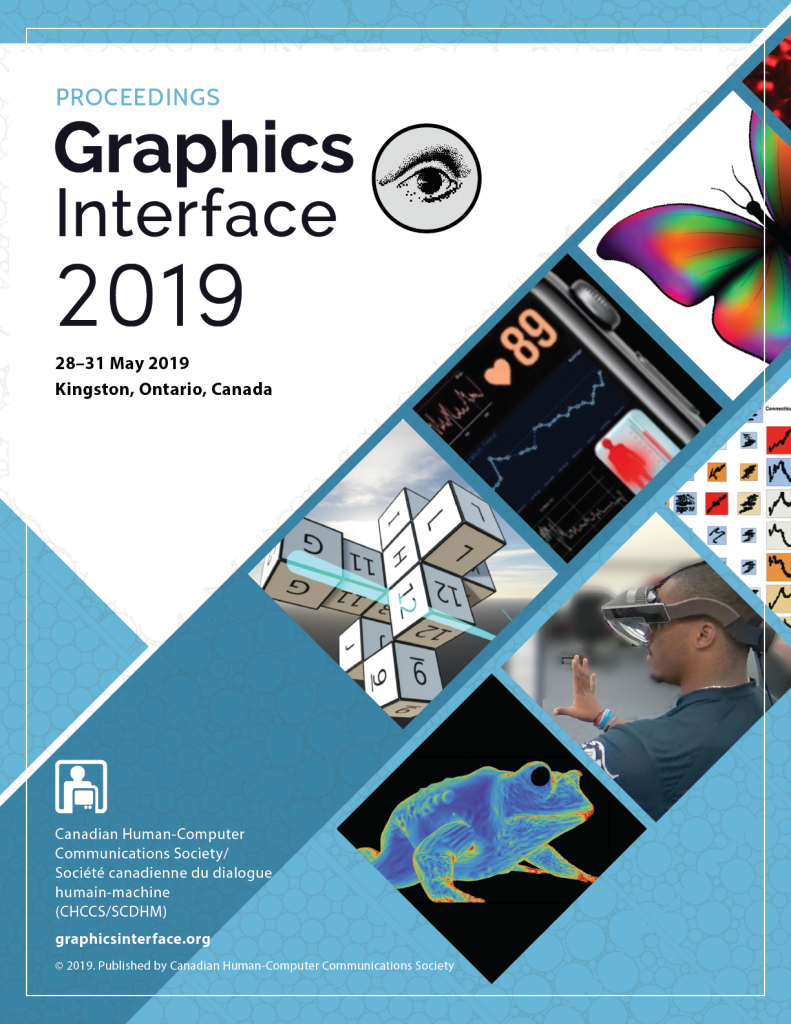BibTex
@inproceedings{Nowicki:2019:10.20380/GI2019.25,
author = {Nowicki, Tyler and B., William Cowan and Mann, Stephen S.},
title = {Analysis of Speed in Traditional Animation},
booktitle = {Proceedings of Graphics Interface 2019},
series = {GI 2019},
year = {2019},
issn = {0713-5424},
isbn = {978-0-9947868-4-5},
location = {Kingston, Ontario},
numpages = {8},
doi = {10.20380/GI2019.25},
publisher = {Canadian Information Processing Society},
}
Abstract
Frame-to-frame movement (speed) in animation is commonly de-scribed as easing in, easing out, and moving evenly between key-frames. We examined the 2D movement of the salient parts of characters in freehand animation and identified a pattern in speed resembling these descriptions. To identify this pattern we first de-veloped a manual annotation procedure to identify trajectories, their speed related key-frames and their intermediate subsequences in a variety of animations. We found that the speed of a subsequence is related to its average acceleration. Our analysis indicates that a cubic polynomial best approximates the subsequence speed over time and each of the polynomial coefficients are related to average acceleration by four additional polynomials of degree 2, 3, 2 and 3. We develop a polynomial model for speed with least squares polynomial regression and validate our results and annotations with several statistical tests that use 10-fold cross-validation. Our experi-mental animation interface demonstrates that this relationship has the potential to ease the burden of controlling speed by replacing the control points that otherwise must be specified with a single parameter for average acceleration.





















































